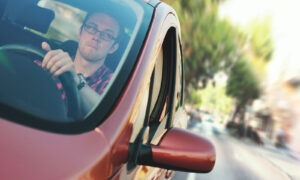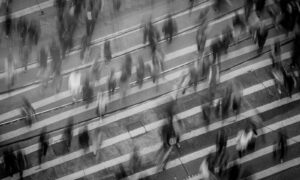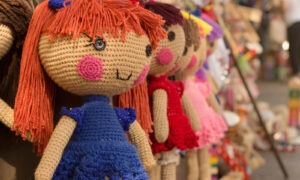Television shows have been developed and dedicated to the building of larger structures and projects. Tourists stop to visit places that feature the largest ball of twine, barbed wire or prairie dog. We’ve all heard that bigger is better so it shouldn’t surprise us that people are fascinated with the lights of Las Vegas, the depth of the Grand Canyon, the size of a cruise liner, or the height of buildings in New York. Yet there are those that feel overwhelmed by the vastness of large things. This can develop into a fear known as Megalophobia.
This fear can extend to malls, sports arenas and even open spaces. The vastness of the size can cause the individual to feel small, insignificant and extremely vulnerable.
What Causes Megalophobia?
In modeled behavior an individual will observe patterns in a trusted adult and conclude that the response to any situation is normal and acceptable. In a positive way this can help a younger person learn social etiquette and how to manage social situations. This observation can help them learn skills and grow in their knowledge of how the world works. However, it is also possible to assume negative traits based entirely on observing someone react to a fear stimulus in a way that encourages you to assume the same perspective of fear. This has become very common among those who demonstrate phobic traits.
A sense of control loss can be personal fuel for fear. The way you respond to the overwhelming nature of something large can have a lot to do with the feeling that you may not be in control of your surroundings and situations. This can lead to panic attacks and fear.
Personal experience in being trapped in something large or hurt by something large can also contribute to Megalophobia.
Symptoms of Megalophobia
As you can probably imagine one of the key symptoms of this fear is avoidance. Individuals with Megalophobia will refrain from participating in activities where they are surrounded with objects or conditions that they consider too large. They may opt for compact cars instead of an SUV. They may prefer small towns to large, small inns to large hotels. Like most other phobias this can result in social anxiety causing the phobic personality to feel more comfortable staying home than engaging in social interaction with friends when the fear trigger may be present.
Other symptoms may also include…
- Air hunger
- Trembling
- Elevated heart rate
- Loss of control
- Weeping
- Temporary elevation in body temperature
- Sweating
- Nausea
- Dizziness
- Fainting
- Panic attacks
How to Overcome Megalophobia
Therapy is often required to come to terms with your phobia and how to rethink the way you respond. In virtually all cases the response to fear is a knee jerk reaction. You respond emotionally to the presence of fear and it heightens your anxiety for all future experiences with the fear trigger. A therapist may be needed to help you understand your fear and its source. They can help you understand how to respond to the fear in a way that leaves you in greater control.
The fear of large things is also referred to as:
- Large things fear
- Large things phobia
- Megalophobia





















